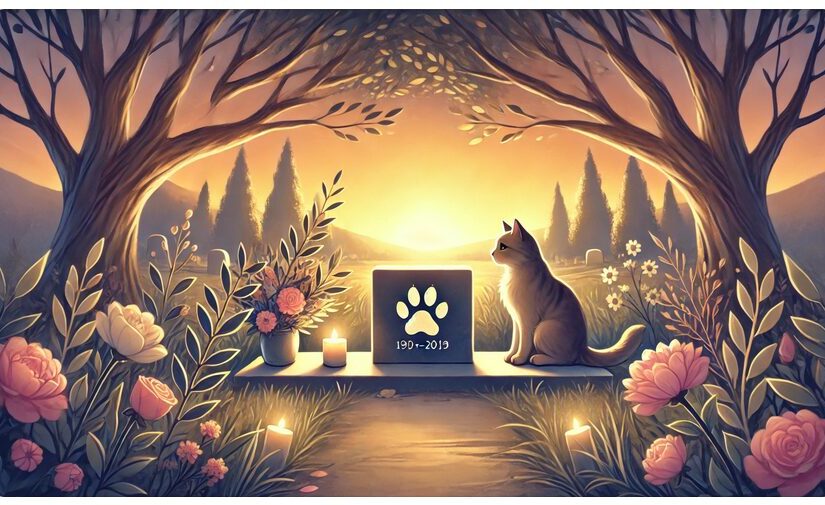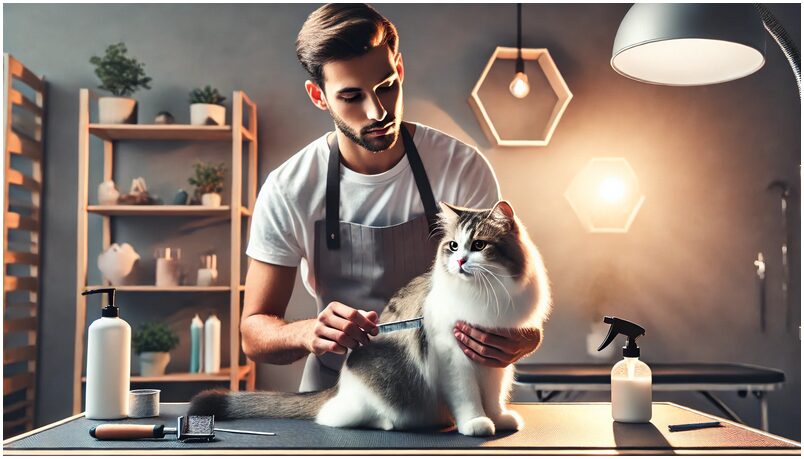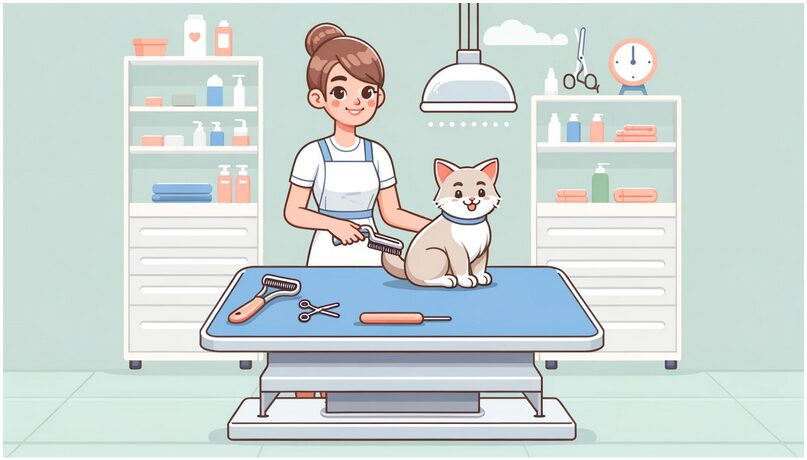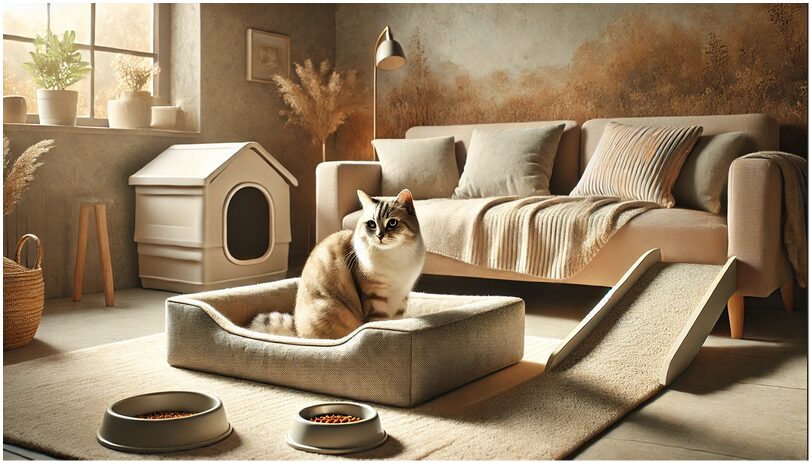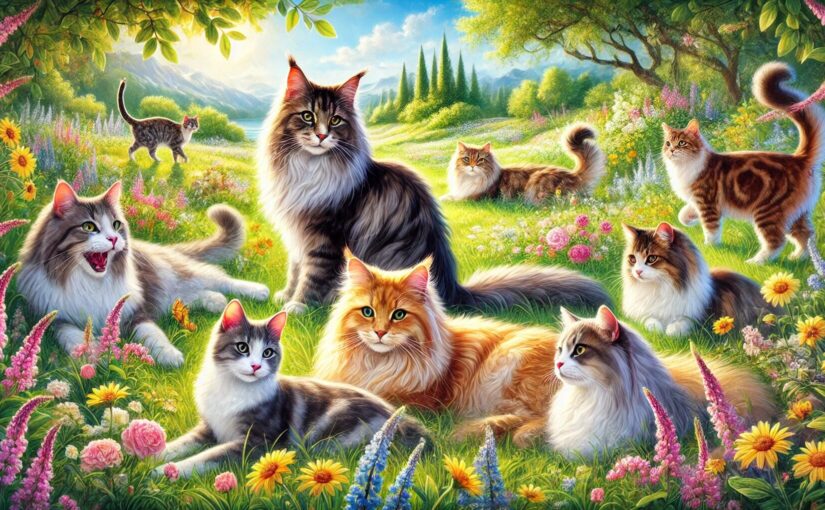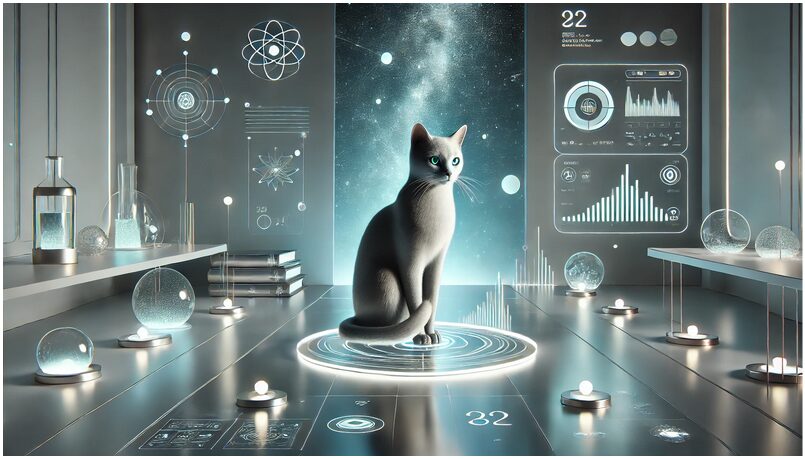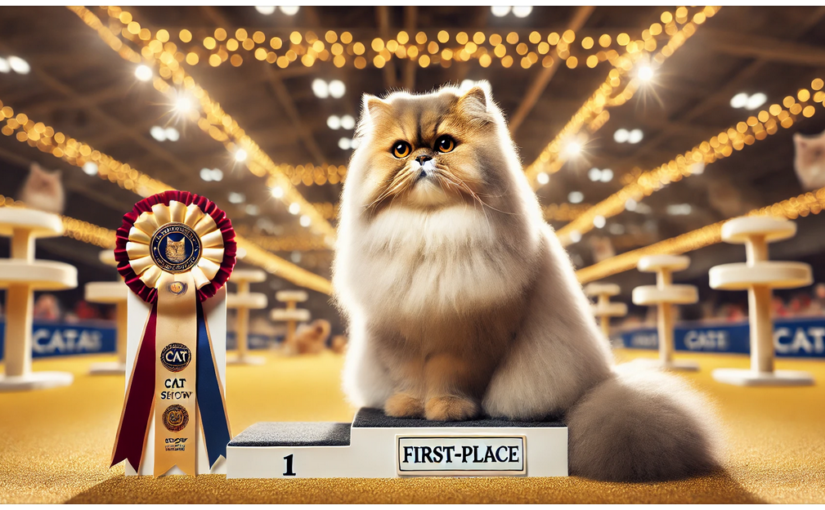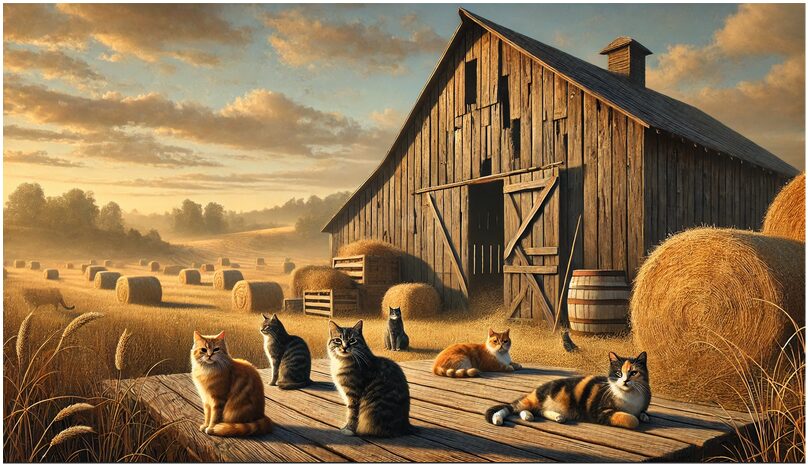Losing a beloved cat is one of the hardest experiences a pet parent can face. Cats may be small, but they leave a massive paw-shaped imprint on our hearts. Whether they were with you for a decade or just a short time, their absence is deeply felt. Grieving is natural, but it can be overwhelming. In this post, we’ll explore ways to cope with loss, navigate the pain and honor your cherished companion.
Understanding Your Grief
First, it’s important to acknowledge your feelings. The loss of a cat can bring about a mix of emotions: sadness, guilt, anger, or even relief if they were suffering. These feelings are all valid. Cats are more than pets—they’re family. They share our lives, routines, and quiet moments. Losing them leaves a void, and it’s okay to mourn that loss.
Some people may not understand the depth of your grief. They might say, “It was just a cat.” But for you, they were a constant source of love, comfort, and joy. Remember, you don’t need anyone else’s approval to feel the way you do. Your grief is your own, and it’s real.
Coping with the Pain
Grieving takes time, and there’s no “right” way to do it. However, there are some steps that can help you move through the process:
1. Allow Yourself to Grieve
Cry if you need to. Write about your feelings in a journal. Share memories with friends or family who understand. Don’t suppress your emotions; they’re a healthy part of healing.
2. Create a Tribute
Honoring your cat’s memory can be deeply healing. You might frame a favorite photo, plant a tree in their honor, or create a scrapbook. These actions keep their memory alive and give you a way to focus on the love you shared.
3. Talk About It
Sometimes, sharing your pain can lighten the burden. Reach out to friends, join online pet loss support groups, or even speak to a therapist who specializes in pet loss. Talking about your grief helps you process it and feel less alone.
4. Be Kind to Yourself
Grieving can leave you feeling drained and distracted. During this time, prioritize self-care. Eat nourishing meals, rest when you need to, and try gentle activities like taking a walk or reading a book. Your well-being matters.
Dealing with Guilt
Many pet parents wrestle with guilt after losing their cat. You might wonder if you could have done more or if a different decision might have saved them. It’s important to remind yourself that you did the best you could with the information and resources you had. Your cat knew they were loved, and that love is what matters most.
Explaining the Loss to Children
If you have children, they may also struggle with the loss. Be honest with them, using simple and clear language. It’s okay to say, “Fluffy was very sick, and she has passed away.” Avoid euphemisms like “gone to sleep,” as they can confuse young minds.
Encourage your child to express their feelings. Let them draw pictures, write stories, or talk about their favorite memories. Teaching them to grieve openly helps them build resilience and learn to process future losses.
When (or If) to Get Another Cat
Some people feel ready to adopt another cat right away, while others need more time. There’s no rush. Bringing a new cat into your life should happen when you feel ready, not out of obligation. It’s not about “replacing” your cat; it’s about opening your heart to love again.
If you’re not sure, consider volunteering at a shelter. Spending time with cats in need might help you decide when the time is right.
Signs You’re Healing
Grief doesn’t disappear—it changes over time. Gradually, the raw pain will soften, and you’ll find joy in your memories. You might smile when you think about the way your cat used to greet you at the door or the sound of their purr. These moments are signs that healing is happening.
Ways to Keep Their Memory Alive
Even as you heal, your cat will always have a place in your heart. Here are a few ideas to keep their memory close:
- Create a Memory Box: Fill it with their collar, toys, or a favorite blanket.
- Donate in Their Honor: Support a cat rescue or animal welfare organization.
- Celebrate Their Life: Light a candle on the anniversary of their passing or share stories about them with loved ones.
These rituals help you hold onto the bond you shared while moving forward with your life.
You’re Not Alone
Losing your cat is one of life’s most painful experiences, but you don’t have to face it alone. Whether you lean on loved ones, find solace in a support group, or simply take it day by day, know that your grief is a testament to the love you shared. In time, the pain will lessen, and you’ll be left with a treasure trove of beautiful memories.
Your cat may be gone, but their love will always be with you. They were, and always will be, a cherished part of your life.
If you’re struggling with your grief, consider reaching out to resources like the Pet Loss Support Hotline at (877) GRIEF-10 or visiting websites like Rainbow Bridge. Help is just a call or click away.

